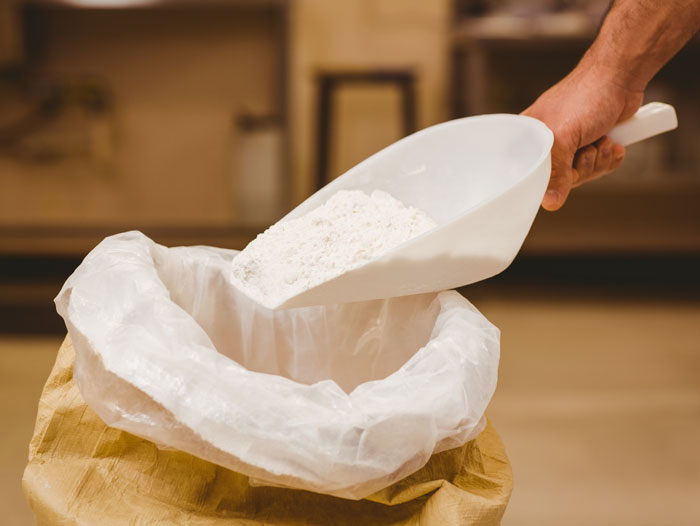After The Pandemic Flour Craze, Micro-Millers Take Stock
March 31, 2021 | 2 min to read

In March and April 2020, as the pandemic crippled our previously reliable food supply chains, many people discovered fresh flour from small, regional mills. I have evangelized about this kind of flour for years, but to have my personal passion take off in popularity because of a terrifying health crisis was far from ideal.
Now that the dust of the pandemic flour boom has begun to settle, I have been talking to small-scale millers to see how they endured. In the grand scheme of flour, these mills aren’t just small, they’re micro. The milling industry is concentrated like the rest of agriculture, and dominated by four companies that run mega-mills around the country. Wheat is grown far from population centers, harvested in bulk, and sold to grain elevators. Everything, including seed varieties, defaults to industrial standards for factory milling and baking.
By contrast, micro flour mills are working with farmers in their region; in some cases the mills are actually run by the farmers themselves. This is a hard part of the food system to quantify: The U.S. Department of Agriculture (USDA) isn’t tracking how many small-scale mills there are or tabulating how many acres of grains are harvested for this kind of processing. There is no craft flour guild, as there is for small-scale malting, to support or speak for this neighborhood of local and regional food systems.
To read the rest of the story, please go to: Salon
